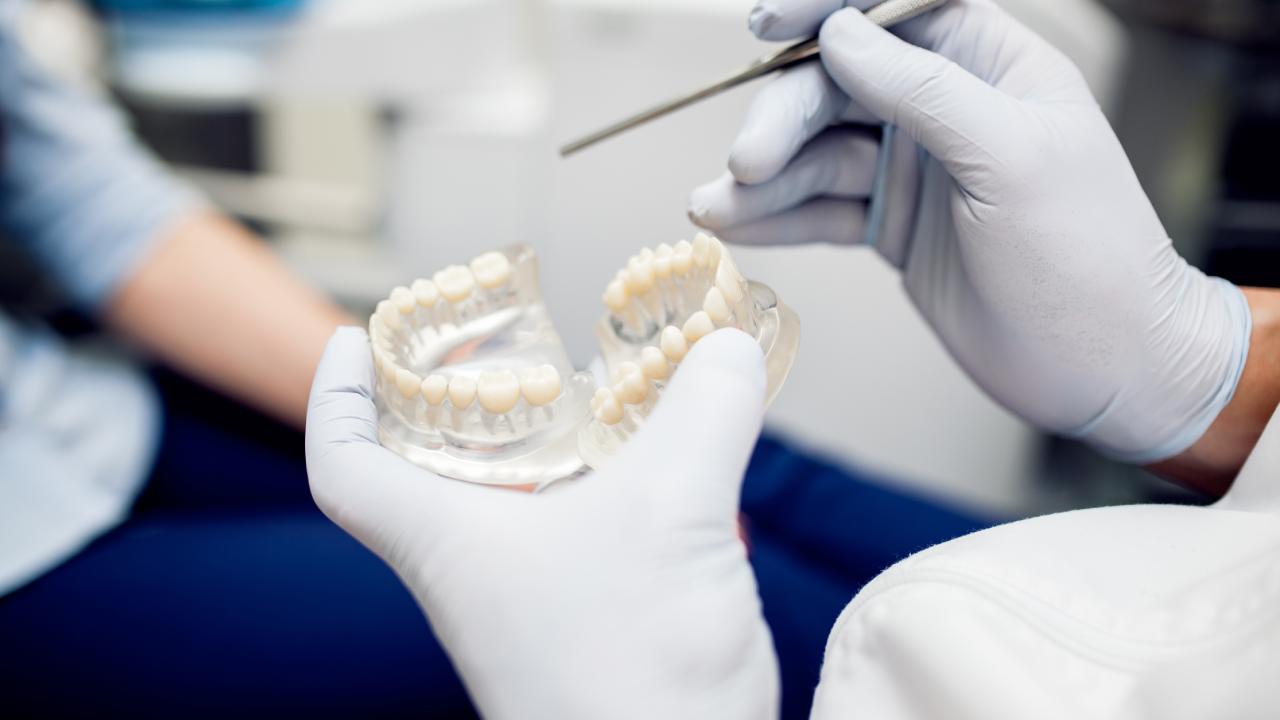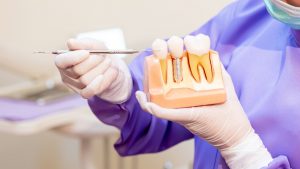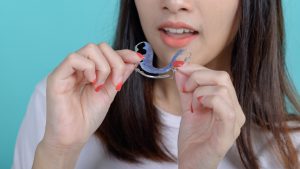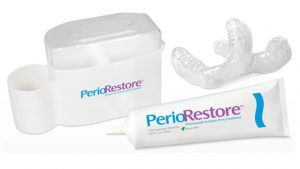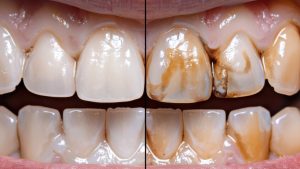After finishing your orthodontic treatment, whether braces or Invisalign, you might feel like the hard part is over. But the truth is, your smile still needs protection. That’s where different types of retainers come in.
A retainer is a custom-made device to keep your teeth in place once aligned. Without it, your teeth may start shifting back to where they were before treatment. Even after months of wearing braces or aligners, your teeth are still settling into their new positions.
Retainers are crucial for holding the results you’ve worked hard to achieve. They ensure your teeth stay aligned and protect your smile for years to come. So, while they might feel like a small step, they’re just as important as the treatment that got you here.
In this article, we’ll explore why retainers are a vital part of your orthodontic journey, dive into the different types of retainers available, and help you choose the best one for your needs. Let’s make sure your new smile lasts a lifetime!
Types of Retainers
Different styles of retainers are available to suit different needs and preferences. In this section, we’ll break down the most common types to help you understand which one might be right for you.
Fixed Retainers
Fixed retainers, also known as bonded or permanent retainers, are small, thin wires that are bonded to the back of your teeth, typically on the lower or upper front teeth. These retainers stay in place permanently, offering continuous support after your orthodontic treatment.
Pros:
- Non-removable: Once placed, fixed retainers are not something you have to remember to put in or take out, making them ideal for long-term stability.
- Ideal for long-term retention: Since they’re permanent, fixed retainers help ensure your teeth stay aligned without any additional effort.
Cons:
- Cleaning Challenges: Because they are permanently attached, cleaning fixed retainers requires extra care. You’ll need to use special cleaning tools like floss threaders to clean around the wire and under the retainer.
- Aesthetics: Fixed retainers aren’t as discreet as removable options since they are visible to others. They’re typically placed on the back of your teeth where they’re less noticeable.
Permanent retainers are best for patients who have had extensive orthodontic treatment and require long-term retention. Fixed retainers are often recommended for individuals with a high risk of teeth shifting back.
Care and Maintenance for Fixed Retainers:
Regular dental check-ups are essential to monitor the condition of the retainer. Over time, the wire may become loose or damaged, so it’s important to see your dentist if you notice any issues. Also, be mindful of cleaning around the retainer to prevent plaque buildup and tooth decay.
Removable Retainers
Removable retainers give patients the flexibility to take them out when needed. Below are two of the most popular options:
Hawley Retainer
The Hawley retainer consists of a wire that holds your teeth in place, attached to a plastic or acrylic plate that fits the roof of your mouth or the bottom of your jaw. It’s a time-tested design that has been used for decades.
Pros:
- Customizable: Hawley retainers can be adjusted to suit your specific needs, which allows for a more personalized fit.
- Easy to clean: Since it’s removable, you can clean it thoroughly with a toothbrush or specialized cleaner.
- Adjustable: The wire can be adjusted by your orthodontist if teeth shift slightly, making this type of retainer more adaptable.
Cons:
- Risk of Loss or Damage: Because Hawley retainers are removable, they can easily be lost or damaged if not stored properly. Always keep them in their case when not in use.
- Requires Consistent Wear: To be effective, Hawley retainers need to be worn regularly, which can be easy to forget, especially if you’re not used to wearing dental appliances.
These are best for patients who want an easily adjustable and customizable option and are committed to wearing their retainer as prescribed.
Care and Maintenance for Hawley Retainer:
Clean the Hawley retainer daily using a soft toothbrush and mild soap. Avoid harsh chemicals that could damage the acrylic. Always store it in a case when not in use to avoid warping or breaking.
Clear Plastic Retainer (Essix Retainer)
Essix retainers are clear, plastic trays that fit snugly over your teeth. They are similar in appearance to Invisalign aligners and provide a discreet and comfortable fit.
Pros:
- Aesthetically pleasing: Essix retainers are nearly invisible, making them a great choice for those who are concerned about the appearance of their dental appliances.
- Comfortable: The smooth plastic is comfortable and doesn’t irritate the gums.
- Simple to wear: They’re easy to slip in and out, allowing you to take them off when eating or drinking.
Cons:
- Less durable: Essix retainers can be more fragile than Hawley retainers, and they may crack or warp if not cared for properly. Protect your retainer by avoiding these foods, as outlined in our guide on foods to avoid with braces.
- Potential for staining: Clear plastic can stain over time, especially if you drink coffee, tea, or red wine without removing the retainer.
It is advisable for patients who value discretion and comfort and are looking for a nearly invisible retainer. Essix retainers are often a preferred choice for those who want an effective yet discreet option.
Care and Maintenance for Essix Retainer:
Clean the Essix retainer regularly with mild soap and lukewarm water. Avoid using hot water, as it can warp the plastic. This one also stores it in a protective case when not in use to prevent cracking or damage.
Each type of retainer has its unique set of benefits and considerations. The best choice for you will depend on factors like how long you need to wear a retainer, how much maintenance you’re willing to commit to, and your aesthetic preferences. We at MySmile Dental Care can help you choose the best option based on your individual needs.
Comparison of Retainer Types
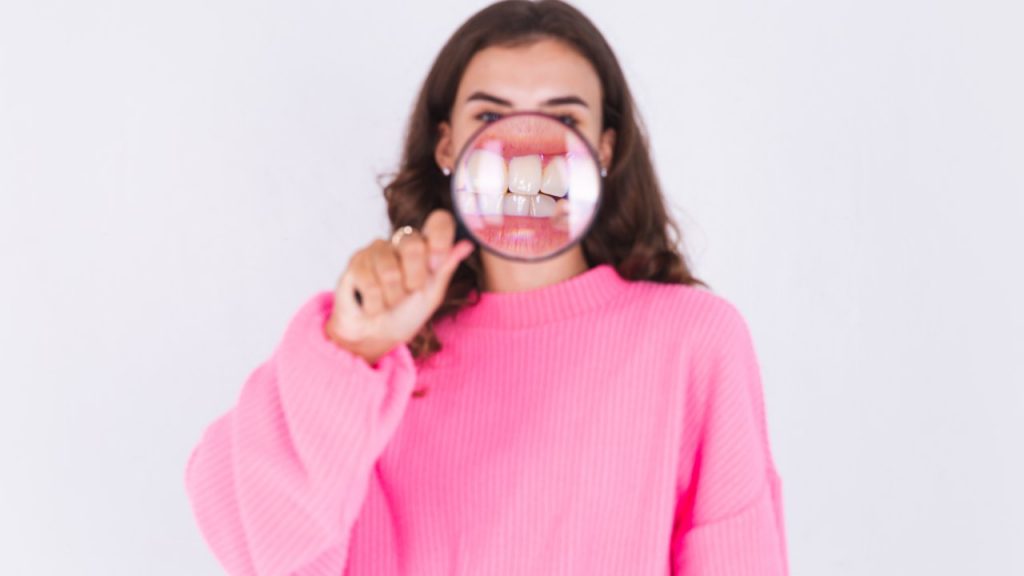
Choosing the right retainer can be a balancing act between comfort, aesthetics, durability, and cost. Let’s take a closer look at how the different types of retainers stack up in these key areas to help you make an informed decision.
| Feature | Fixed Retainers | Hawley Retainers | Essix Retainers |
| Comfort and Fit | Least comfortable at first but adjusts over time. | Moderately comfortable, some initial bulk. | Most comfortable and snug fit. |
| Aesthetic Considerations | Visible behind the teeth but generally discreet. | Highly visible due to the metal wire and acrylic plate. | Invisible and nearly undetectable. |
| Durability | Most durable, permanent once in place. | Durable but can warp or break if mishandled. | Less durable, can crack or stain, needs replacement every 1-2 years. |
| Cost | $300 – $500 per arch, higher due to customization. | $150 – $300 per retainer, mid-range cost. | $100 – $250 per retainer, least expensive. |
Summary
- Comfort and Fit: Essix retainers are the most comfortable, followed by Hawley retainers, with fixed retainers being the least comfortable initially.
- Aesthetics: Essix retainers win for invisibility, with fixed and Hawley retainers being more visible.
- Durability: Fixed retainers are the most durable, followed by Hawley retainers, while Essix retainers tend to wear out more quickly.
- Cost: Fixed retainers are the most expensive, followed by Hawley retainers, with Essix retainers being the most budget-friendly option.
Ultimately, the best retainer for you will depend on your lifestyle, aesthetic preferences, and how much maintenance you’re willing to commit to. Consult with your orthodontist to find the right option for preserving your newly aligned smile.

